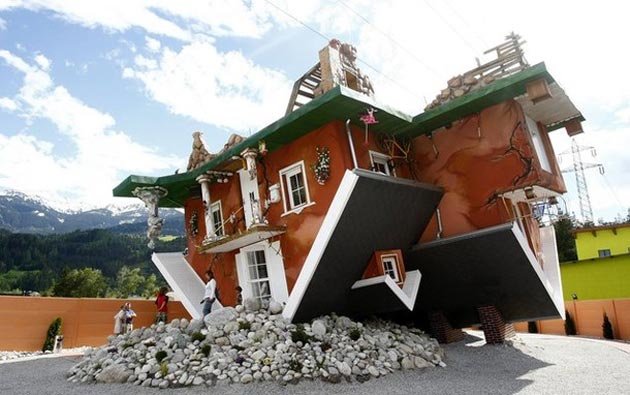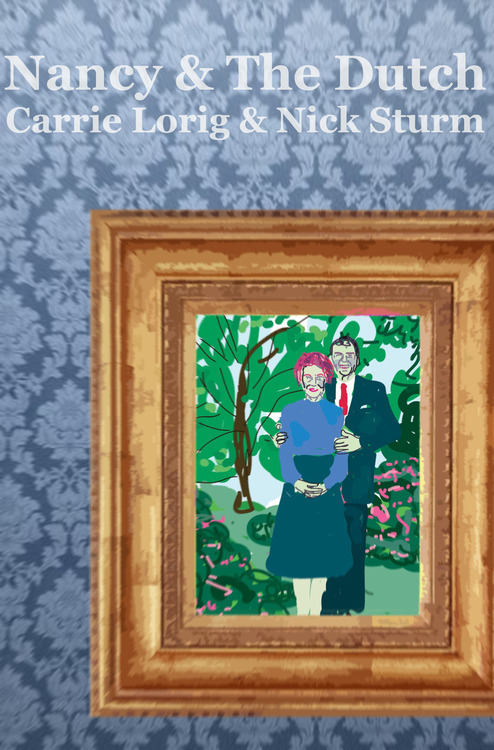
Vanessa Place looks on, as Blake Butler reads from his forthcoming book 300,000,000.
Probably I shouldn’t post this. Probably I should just keep my mouth shut.
But a few people have written and asked me to explain what happened, having heard about the fight from one source or another.
Basically, things got ugly between Blake Butler and Vanessa Place, nine days ago, down here in Florida, when the three of us convened for the first time as a group since the publication of our collaboration ONE .
.
By the end of the night, which began with me introducing them, and then each of them reading, and then the three of us conversing with the audience, Vanessa had vowed to never speak to Blake again.
To tell you the truth, I don’t know how it happened. (Which is partly why I haven’t written about it until now.) It just sort of happened.
One of them said something about the other one being too orderly or too chaotic or too derivative or something — at least that’s how I think it started — which I thought was a joke, but apparently it wasn’t taken as a joke.
The next thing you know they’re shouting at each other.
The audience, not knowing how to react, weren’t sure if they should laugh or be worried. I was pretty much in the same boat.
I tried to stay out of it, partly because I was confused and partly because I didn’t want them to turn on me.
Over a hundred people were in the audience that night, so there are plenty of versions of what happened. But from my perspective, to put it generously, it seemed like a moment when two different approaches to literature were coming face to face and not for the purpose of a warm embrace.








